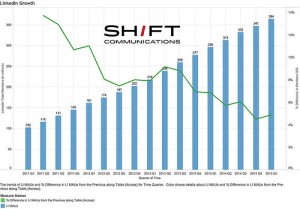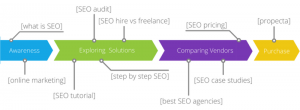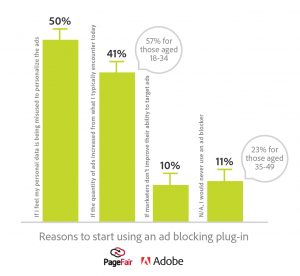Change – it’s that topic that not too many people are eager to embrace. Sure, there are the trend setters who live for change, but they are in the minority when it comes to the workforce inside a company. As Scott Santucci, Director for the Alexander Group states in his RevTalk video found on RevolutionizeSelling.com, the idea of change immediately brings up fear for many. They respond defensively: “Why do we have to change?” “But we’ve always done things this way.” “You mean I have to learn a whole new system?” “What if we change and it doesn’t work?”
Breaking down these walls of resistance is tough. Breaking old habits is nearly impossible in some cases. Our human nature makes us want to continue to do things “the easy way,” but the easy way isn’t necessarily the most effective or efficient way. So, what do you do?

You start by taking a look at the results your current systems are producing. Are they enough to meet your revenue goals, support the growth you seek? If not, it might be time for a change. If you are spending more money and resources to do the same things with the same disappointing results, then as Scott Santucci asks, “Why not a revolution?”
OK, you’ve taken a look and you are ready to make some changes, tweak a few things in your process. How do you begin? Start by taking a look at the results others are creating. What are they doing differently that you could model in your company?
One of the fastest growing companies currently is Splunk. Splunk makes machine data accessible, usable and valuable to everyone. They have over 9,000 customers across 100 countries including more than 75 of the Fortune 100 to a tune of $ 450.9M earnings per year. How did they achieve this level and how will they continue to grow? They do things differently.
Splunk took a look at the traditional sales process and reinvented it in some significant ways. Rather than developing a sales process inside the company and dictating the process to the field sales team, they worked with the field. They involved the field sales team in creating the sales process, the collateral and support documents they need. Then they systematized the process using guided selling focusing first on on-boarding and ramp-up. This yielded dramatic results cutting the time to revenue for new reps from 9 to 6 months. That an impact!
What could your company achieve if you could cut your time to revenue for new reps down by 30%? And their success didn’t stop there. Not only were their reps getting to their first deal faster, their deals were bigger! This revolution in how things are done didn’t just benefit new reps. Guided selling software with just-in-time content impacted their seasoned reps as well. It provides 24/7 coaching that helps curb the desire to fall back into old habits. Implementing and sustaining new processes require reinforcement and continued leadership from the top. The revolutionaries in the company must be committed to the goal and be willing to restate the value of doing things differently at each step along the way.
When you start your revolution, start with the end goal in site. Show your team why this change matters. Give them the technical support they need to implement the new process, and continue to demonstrate to them the value this solution holds. As your team sees what’s possible and they see how they will get there, they, too, will ask, “Why not a revolution?”
(180)
Report Post





